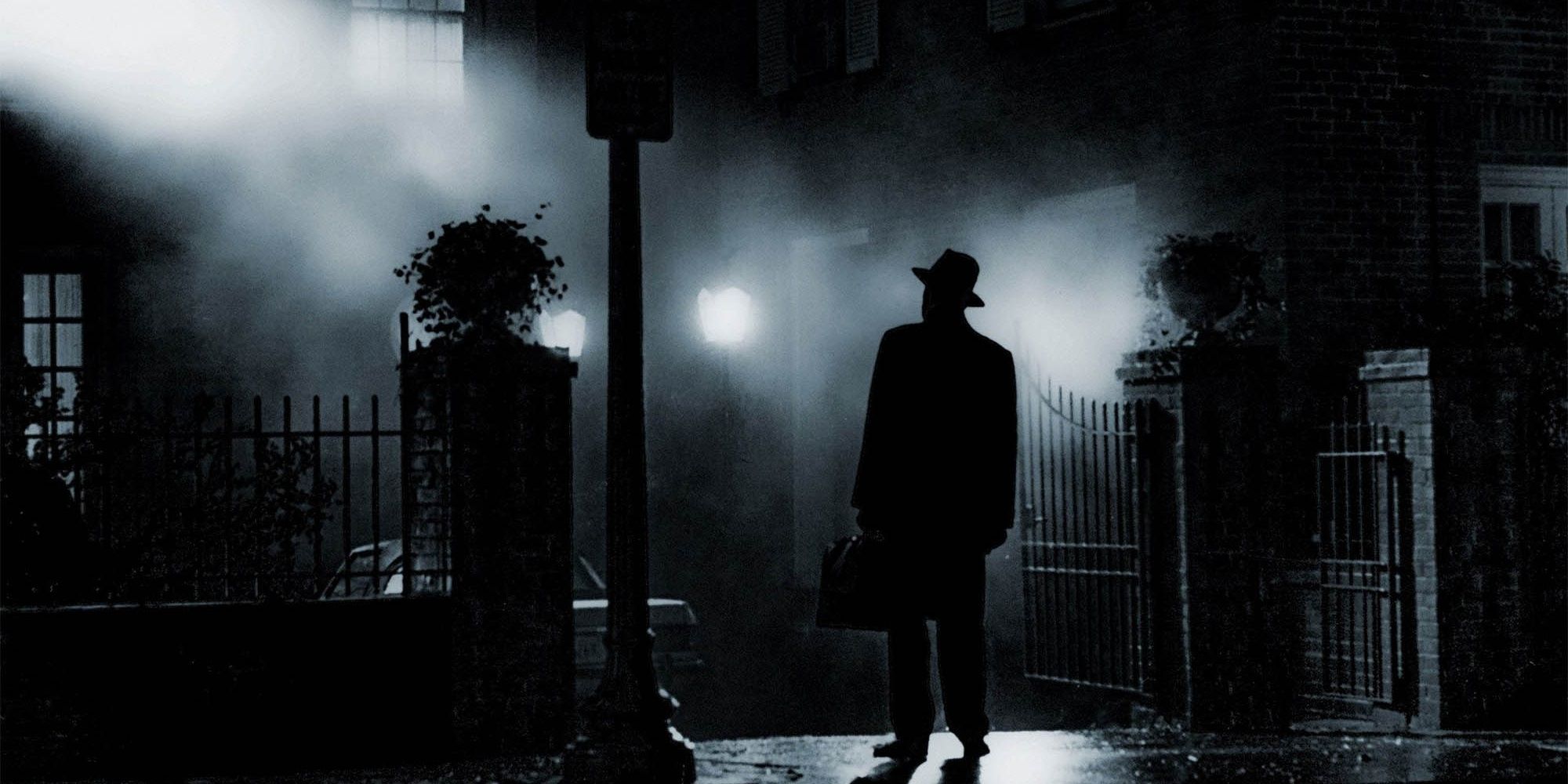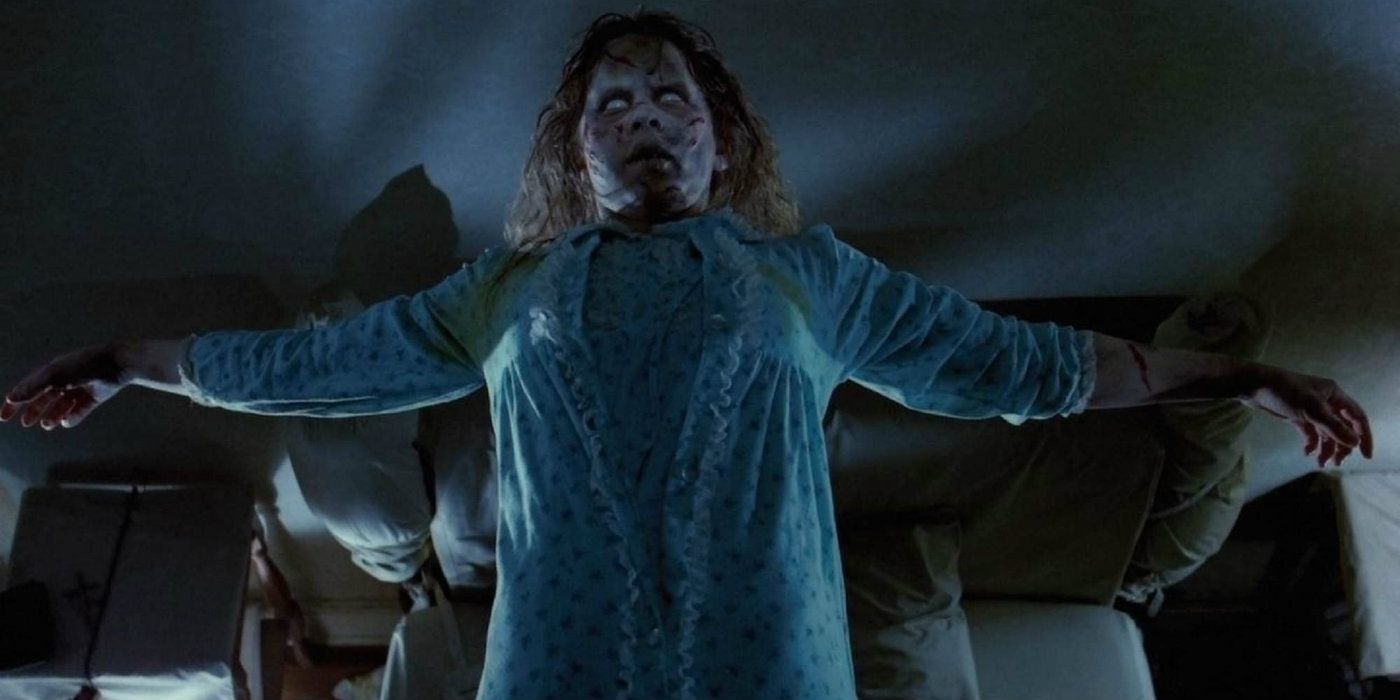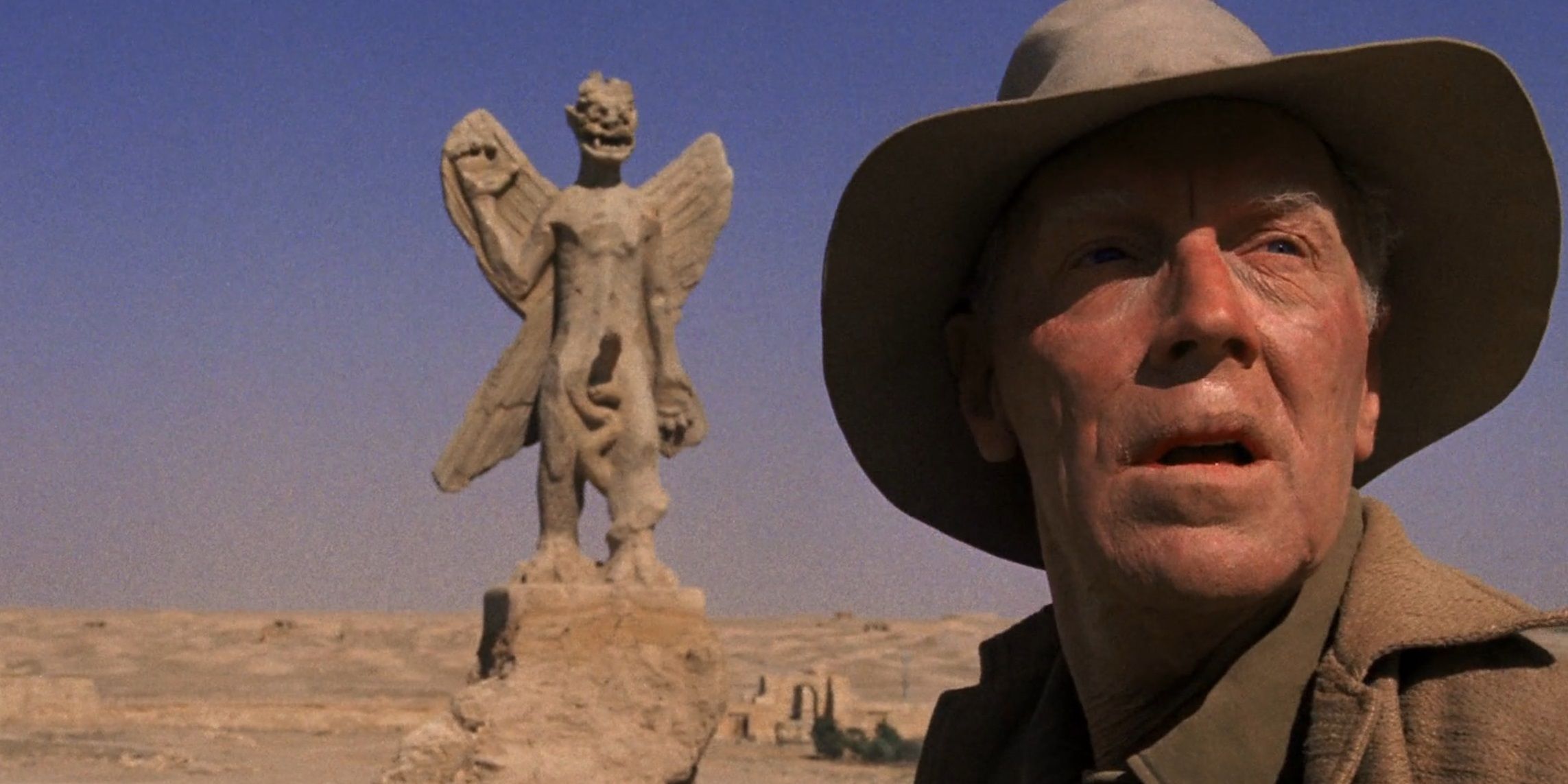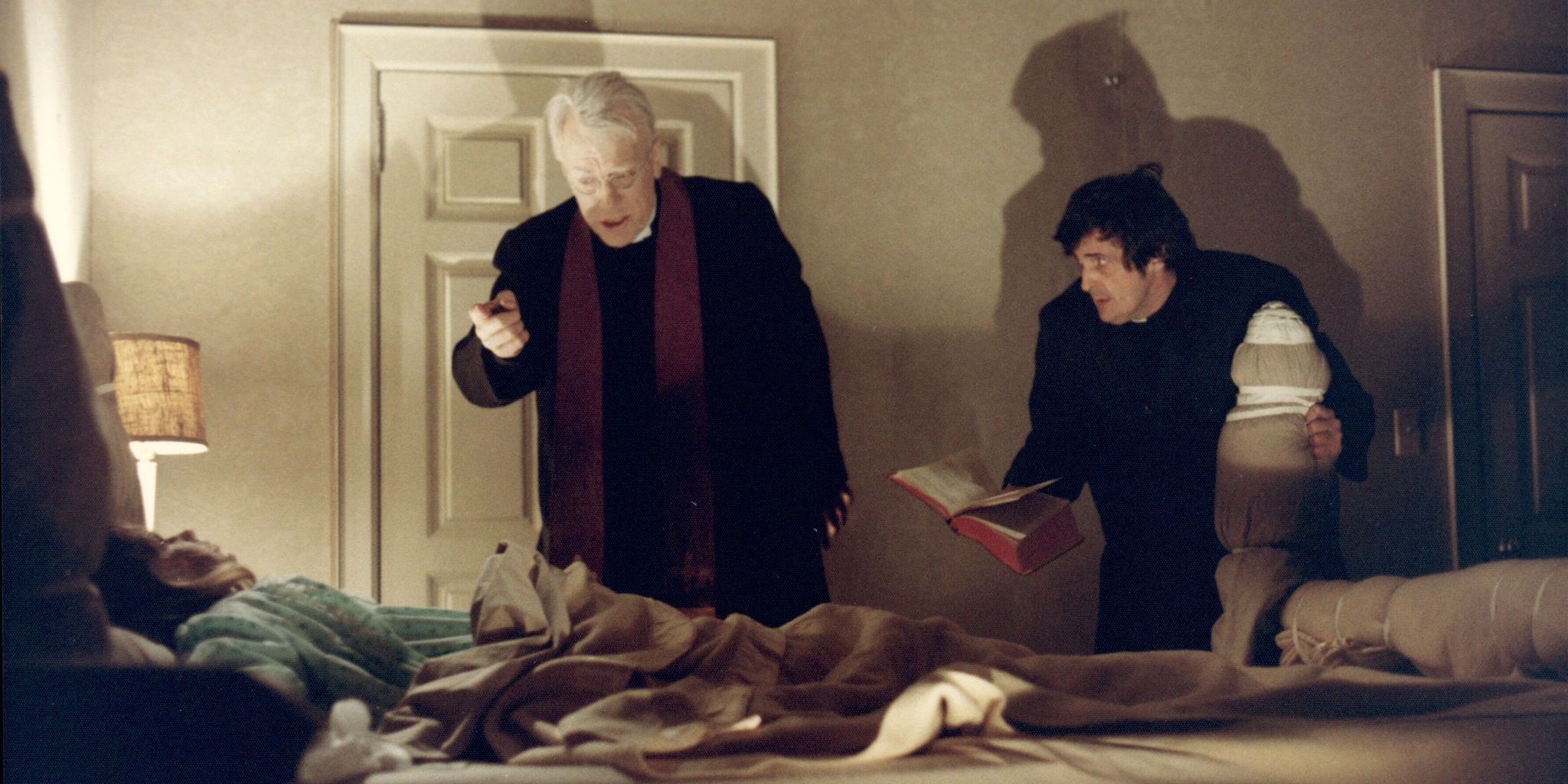From Tobe Hooper’s The Texas Chain Saw Massacre to John Carpenter’s Halloween to Ridley Scott’s Alien, there are a number of iconic titles that pop up whenever horror movie buffs debate the genre’s greatest entries. But the groundbreaking masterpiece that still levitates above all of them is William Friedkin’s The Exorcist. Arguably no movie is more frequently praised as the most terrifying horror film ever made.
On its initial release in 1973, The Exorcist was a cultural landmark. With a worldwide gross of over $400 million, it became the most successful movie in Warner Bros.’ history and by far the highest-grossing horror film of all time (a record it held until the release of It in 2017). Moviegoers fainted in the middle of screenings, some theaters reportedly issued “Exorcist barf bags” to contain viewers’ inevitable nausea, and some even sold tickets to watch the audience watch The Exorcist at sold-out shows.
Very few movies have caused this kind of phenomenon. The Exorcist was a bona fide blockbuster years before Jaws and Star Wars would turn high-concept genre movies into Hollywood’s most bankable cinematic currency.
Does The Exorcist Hold Up By Today’s Standards?
In 1973, audiences hadn’t seen anything like The Exorcist. Some viewers suffered serious psychological consequences after watching it. The Devil had never been depicted in such a hauntingly realistic way before. Of course, after The Exorcist became a box office sensation, demonic possession was quickly turned into a horror subgenre of its own.
Hollywood classics can sometimes fail to hold up after decades have chipped away at the attention spans of audiences, especially when a given movie has inspired a slew of parodies and rip-offs. But despite being spoofed in everything from Scary Movie 2 to Austin Powers to This is the End, and ripped off in every horror movie with “exorcism,” “possession,” or “Devil” in the title, The Exorcist doesn’t have this problem. After nearly half a century, Friedkin’s movie remains a perfectly crafted horror gem.
Like most movies from the ‘70s, The Exorcist takes a while to get going by today’s standards. It opens at an archeological dig in Iraq and takes its time introducing Chris MacNeil’s life as a working actor in Georgetown before her 12-year-old daughter Regan begins to show signs of demonic possession. But these terror-free opening scenes are far from boring, because Friedkin starts building to the terror from the offset.
There’s A Sense Of Dread From The Beginning
Since the past few decades of horror movies have numbed audiences to the usual tropes and techniques, modern horror films waste no time diving into the scares. Ari Aster’s Hereditary, dubbed “this generation’s The Exorcist” by some critics, has the accidental decapitation of a child within its first half-hour. But Friedkin uses The Exorcist’s slower pacing to terrific effect.
Fleshing out the MacNeils’ home life before it’s intruded by the demon Pazuzu is a great way to endear audiences to the mother and daughter ahead of the terrible things that are about to happen to them. And on top of that, while viewers are getting to know Chris and Regan, Friedkin instantly establishes that those terrible things are on their way, creating an overriding sense of dread from the very beginning.
In the Iraq-set opening scene, veteran Catholic priest Father Lankester Merrin looks up to see a statue of Pazuzu looming over him. This acts as an ominous premonition of things to come. As Regan’s behavior becomes increasingly erratic and inexplicable – and intensive medical tests find nothing wrong with her – it’s clear to the audience (and, eventually, to Chris) that the only thing that can save her is the intervention of a couple of daring priests.
Friedkin Pays Off The Dread Spectacularly
It’s easy to build up a sense of dread in the first half of a horror movie. All the filmmaker has to do is promise the audience that the protagonists are doomed and horrible things are about to happen. The tricky part is paying off that dread in the second half. In The Exorcist, Friedkin pulls this off spectacularly with shockingly authentic depictions of the horrific scenarios described in William Peter Blatty’s source novel.
Moments like a possessed Regan spider-walking down the stairs, stabbing herself in a very sensitive area with a crucifix, and spinning her head around 360 degrees are still haunting today. The movie’s final half-hour, in which Fathers Merrin and Karras arrive to exorcize the demon, is a relentless barrage of terror. Regan hovers above the bed, Pazuzu taunts the priests with the traumas it senses within them, and finally, Karras invites the demon to possess his own body instead and launches himself through the window and down a tall set of stone steps to defeat Pazuzu once and for all. No matter how many comedies lampoon The Exorcist’s “The power of Christ compels you” scene, it’ll always be genuinely unsettling in the movie itself.
Horror fans accustomed to the genre’s faster-paced modern output might find The Exorcist to be a dull, slow-moving experience in its opening scenes. But stick with it, because the payoffs later down the line are well worth the wait – and much more terrifying than the majority of today’s horror fare.




